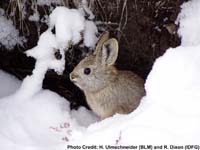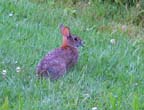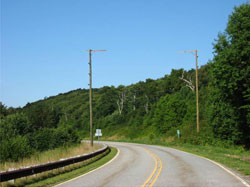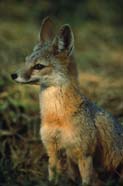 Washington Department of Fish and Wildlife is making what may be a final attempt to restore the Columbia Basin pygmy rabbit to its native habitat. A 2007 attempt to reintroduce zoo-bred rabbits into the wild ended in most of the naive rabbits being eaten by predators.
Washington Department of Fish and Wildlife is making what may be a final attempt to restore the Columbia Basin pygmy rabbit to its native habitat. A 2007 attempt to reintroduce zoo-bred rabbits into the wild ended in most of the naive rabbits being eaten by predators.
This time the rabbits will be released into a fenced enclosure, with gradual exposure to predators through smaller enclosures with tunnels to the outside. The rabbits are not pure-bred Columbia Basin pygmies, but have been bred with pygmy rabbits from Idaho and Oregon, which are not endangered. In fact, most other pygmy rabbits in the West thrive.
Read more in this article in the Idaho Statesman. An InsideScience report on the restoration is available via US News and World Report. Or read the Washington Department of Fish and Wildlife press release. Read the US Fish & Wildlife Service’s species profile (well technically, a “distinct population segment” profile) here.
Photo: A pygmy rabbit of unknown distinct population segment, likely from Idaho, courtesy of the US Fish & Wildlife Service. Photo Credit: R. Dixon (IDFG) and H. Ulmschneider (BLM)




